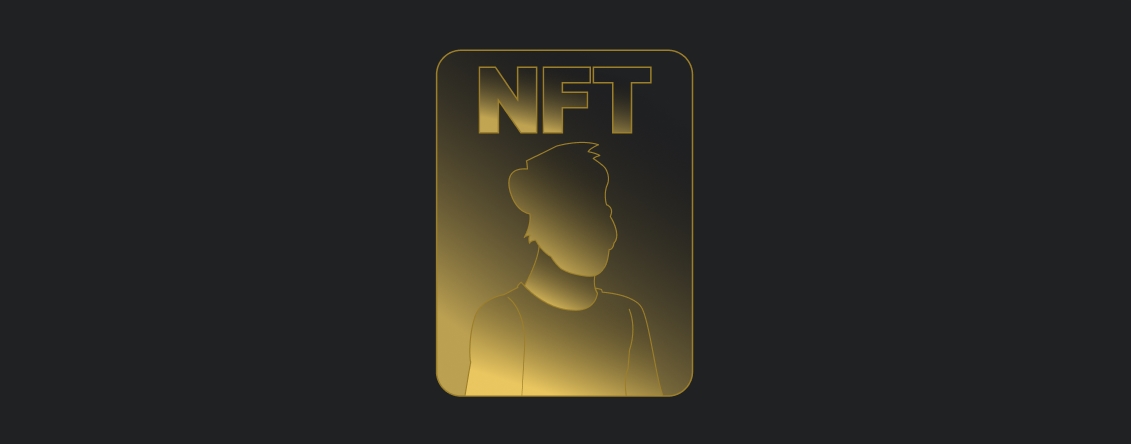
By: Zeneca
Before we get into specifics, it’s helpful to keep in mind that an NFT is simply a digital asset. Everyone is familiar with physical assets (clothes, cars, art, trading cards, books). NFTs are assets that people can own in the digital world.
Let’s start with and break out what NFT stands for:
Fungible is the word that most people are unfamiliar with, so let’s figure out what that means. If something is fungible, it means it can be replaceable by another identical item. Physical currency and cryptocurrencies are good examples of things that are fungible. For example, one US dollar is always equal in value to another US dollar. Similarly, one Bitcoin is always equal in value to another Bitcoin. If you give me a $10 note and I give you a $10 note, effectively nothing has changed.
This means that non-fungible indicates that each unit is unique and cannot be substituted for another. For example, if you and I both have a dog, we could swap them, but they wouldn’t be the same because each dog is unique. We’d both probably just be sad people missing our dogs.
The same is true for NFTs. Looking at the word’s final part, we have “token”, which is essentially used to express any cryptocurrency or digital asset in the cryptocurrency space. As a result, we can say NFTs are unique digital representations of assets.
If you’re wondering how these tokens may be unique and identifiable from one another, think of NFTs as digital passports, with each token containing a unique, non-transferable identity that distinguishes it from other tokens. NFTs enable us to tokenize things like art, collectibles, and even real estate.
They can only have one official owner at a time and are verified by a blockchain, which means no one can change the record of ownership or copy/paste a new NFT into existence.
There are many types of NFTs, but the three most popular use cases (today) are Art, Collectibles, and Memberships.
Art is the most obvious use case when it comes to NFTs. We live in a world where more and more artists are creating digital-first pieces of work (i.e. using Photoshop or ProCreate rather than oil-on-canvas), but until NFTs, there was no sensible way for a digital artist to sell their work.
NFTs allow artists to “mint” (create) their pieces verified by a blockchain transaction, and they can then sell ownership of that digital piece to someone else. The beauty of this is that, because of how blockchains work, the ownership record of the piece of art is forever known, publicly.
The issue of provenance in the art world is huge, and even the most expensive sold painting ever, Salvator Mundi, has questionable origins. Experts can not unequivocally confirm that this painting was created by Leonardo da Vinci. If only the blockchain existed back in the 1500s, Leo could have signed it on-chain and we would be able to tell for sure that he created this.
Collectibles are sets of NFTs with unique traits. Like traditional collectibles (e.g., baseball cards), people consider rarity, cultural significance, and community when evaluating collectible NFTs. Popular categories include:
Membership NFTs are easiest to understand if you consider what a membership “in the real world” is. Access to a library, a golf club, country club, or even subscription services to Netflix, Spotify, etc.
We are increasingly seeing more companies explore using NFTs to represent membership to their club or services.
If you think about the real world, most things in life are non-fungible (your house, puppy, etc.). We believe that NFTs will also expand to many more categories in the future (e.g., music, fashion, real-estate) as our lives continue to become increasingly digitized.
In our next section, we’ll cover: “What is a DAO?”
Learn more:

If you’re interested in building the future digital economy, we want to hear from you!